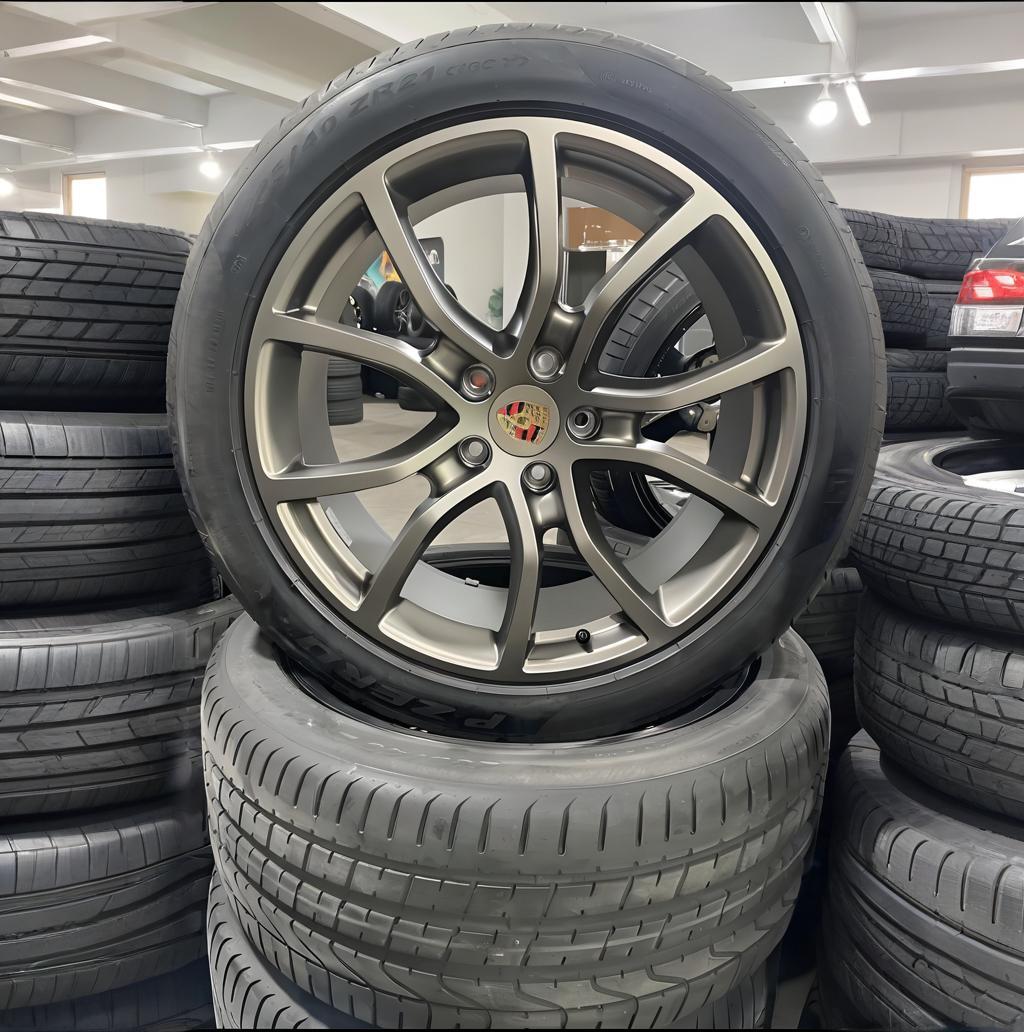As the "circular economy" becomes a key issue in the global automotive industry, Porsche is injecting new vitality into scrapped vehicle parts through a forward-looking program called Remanufacturing. This is not only a commitment to sustainable development, but also a solution to the long-standing problem of shortage of original parts for classic and vintage car enthusiasts. What is Remanufacturing?
What is Remanufacturing?
Simply put, Remanufacturing is the professional disassembly, cleaning, testing and reassembly of damaged or scrapped original parts, such as gearboxes, starter motors, navigation computers, generators, etc., to ultimately create "recycled parts" that meet the quality and safety standards of new parts.
After strict quality verification by the original manufacturer, these parts will flow back into the global Porsche dealer system for repair or restoration. During the process, usable parts will be retained and reused, and damaged components will be replaced with new materials, which can retain the classic mechanical feel and modern reliability.
The concept of "remanufacturing" has been incorporated into the early stage of design
The most special thing is that Porsche has incorporated the remanufacturing logic into the early stage of vehicle design, and considered which parts can be repaired and restored in the future from the development stage, which means:
• The proportion of parts that meet the recycling economy will be further increased
• The maintenance cycle can be extended, and the vehicle life will be more impressive
• The owner and after-sales experience is improved, and the cost is more reasonable
• Paving the way for classic models to maintain the original parts source
Future goals also include incorporating complex electronic components such as lights, electronic rear wing electric drive motors, and charging cover motors into the remanufacturing plan. "Recycled parts" have long been put into practice
"Recycled parts" have long been put into practice
Currently, Porsche has started to remanufacture about 20 parts groups, including:
• Gearbox
• Starter
• Alternator
• Various electronic control units (ECU)
• Navigation and multimedia modules
These damaged parts will be stored in the original parts warehouse in Sachsenheim and then reassembled by professional remanufacturing centers (usually the original manufacturers) to maintain authenticity and consistent quality.
Remarkable emission reduction results
Preliminary calculations show:
• Remanufactured parts can reduce greenhouse gas emissions by up to 50% compared to new parts
• Material savings are as high as 80%
This will greatly reduce the supply chain's dependence on new raw materials and reduce the carbon footprint of transportation, providing a concrete example for reducing carbon emissions throughout the life cycle of automobiles.
From Porsche classic cars to future electrification
Albrecht Reimold, member of the Porsche Board of Directors for Production and Logistics, pointed out: "Remanufacturing is a reflection of our responsibility for the environment and resources, and it is also a promise that classic and old car owners can obtain original quality parts in the long term." In addition to traditional fuel vehicles, this technology has also been extended to the closed cycle recycling of high-voltage batteries, and will be widely used in electric vehicles and next-generation module architectures in the future.
In addition to traditional fuel vehicles, this technology has also been extended to the closed cycle recycling of high-voltage batteries, and will be widely used in electric vehicles and next-generation module architectures in the future.
This is not only a sustainable strategy, but also an extension of Porsche's brand culture - the beauty of craftsmanship should not fade away with time, but can be reborn in time. This also reminds me that the value of an old car is never just about its "age", but whether the history, feel and emotion can continue. When Porsche decides to make "regeneration" one of the main axes of the brand, we may see more and more "no longer new cars, but still shining" Porsches running on the streets again in the future. If every brand starts paving the way from the source of design like this, then we may not be that far away from a truly sustainable automotive industry.
Categories: vehicles
